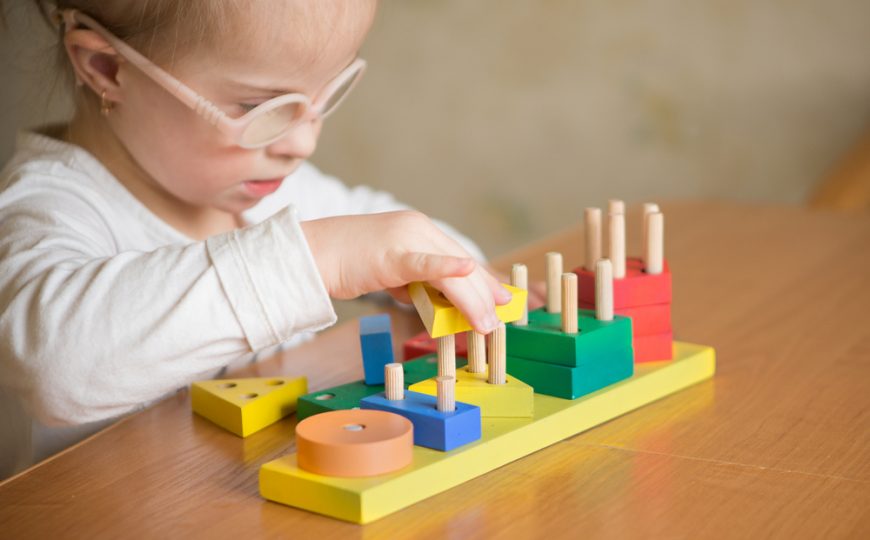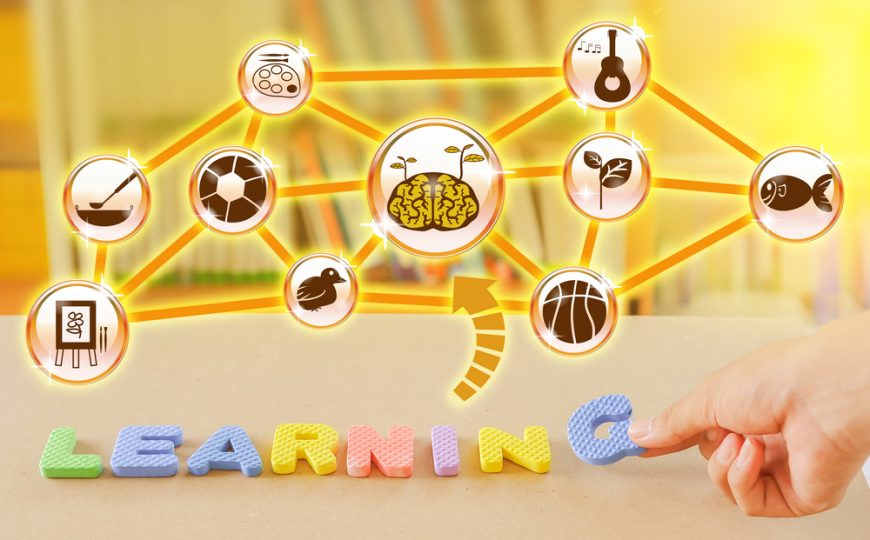As the title tells you, it takes work to get and keep a friend. The idea of needing to work on social skills existed well before the invention of Social Workers. So why is a friend so important and what does it take to acquire and keep a friend? Life is about balance in all things. I think that perhaps it is for this reason there are many contradictions to life. One of these dichotomies is the human need for the comfort of predictability, while at the same time a need for novelty. Predictability is so important that research shows …










